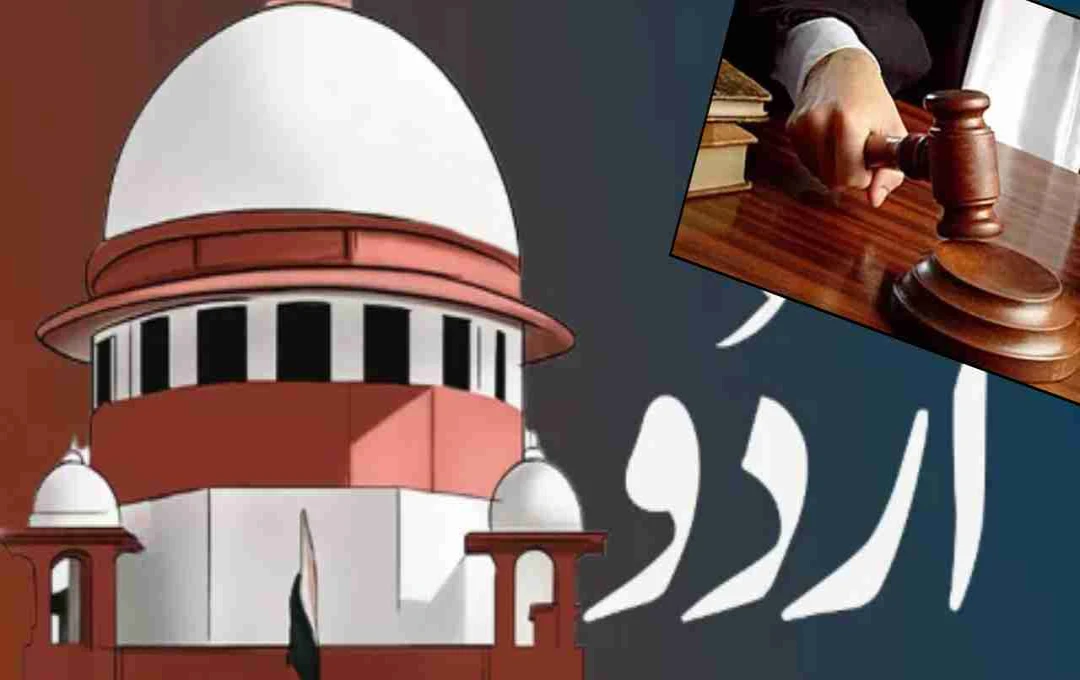Supreme Court Dismisses Petition Challenging Urdu Signage in Maharashtra Municipal Council. The court stated that Urdu is a symbol of Ganga-Jamuni Tehzeeb and not a foreign language.
New Delhi: The Supreme Court dismissed a petition challenging the use of Urdu on signboards by a Maharashtra municipal council. The court asserted that language is not a religion and should not be used to divide people. Furthermore, the court stated that Urdu is a vital part of India's syncretic culture and is not a foreign language, but rather intrinsically linked to the land of India.
Court Rejects Prejudice Against Urdu
The bench comprising Justices Sudhanshu Dhulia and K. Vinod Chandran, while hearing the case, stated that language does not represent any religion or community. The court also clarified that the bias against Urdu is based on a misconception, as Urdu, like Hindi and Marathi, is an Indo-Aryan language originating in India.

Court Upholds Municipal Council's Decision
The Supreme Court supported the municipal council's decision, stating that Urdu was included on the signboards because local residents understood it. The court also emphasized that the council's aim was merely effective communication, not the promotion of any particular religion or community.
Urdu, a Symbol of Hindustani Tehzeeb: Supreme Court
The Supreme Court further stated that Urdu is a symbol of Indian syncretism, reflecting the cultural confluence of North and Central India. The court clarified that Urdu originated in this land and should be considered a part of India's cultural heritage.












